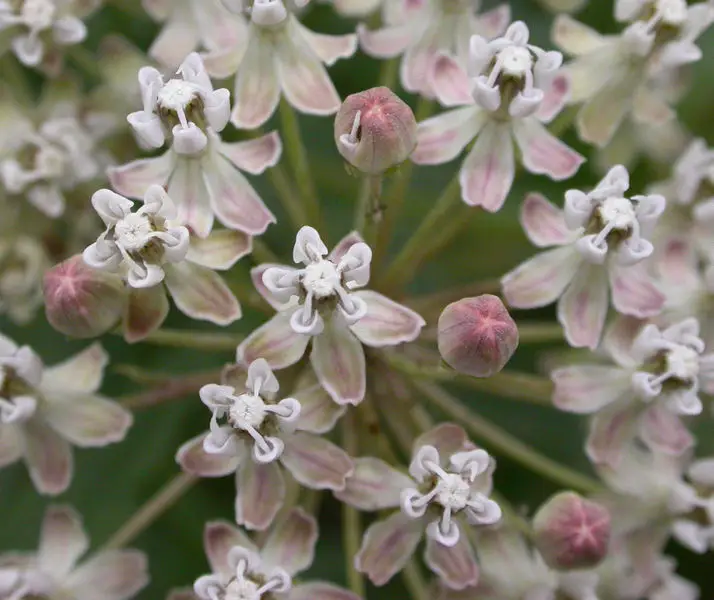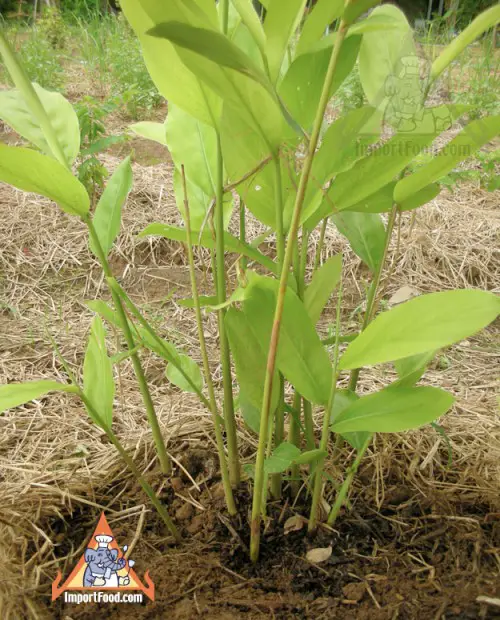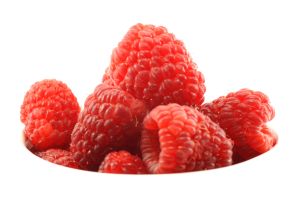Milkweed
(Asclepias L.)
Milkweed is part of the herbal family of perennials, in this case the dicotyledonous plants which is a fairly BIG family that has over 140 member species.
It as been recently reclassed to fit into the subfamily of the dogbane plants.
Milkweed plants are a very crucial source of nectar for bees, other nectar feeding insects as well as being food for the larval stages of the monarch butterflies and many of their relatives.

Milkweed has pink flowers and waxy green leaves
Milkweed is a recommended native plant to place in butterfly or hummingbird gardens because it will draw in and feed those insects and birds that have lost much of their habitat due to urbanization.
In addition to the many butterflies and moths it feeds it also is host to many varieties of beetles, moths and many actual bugs, which have become specialized to fed on it.
The plants have some chemical defenses, specifically alkaloids and caoutchouc, as well as some other complex varieties of compounds that exist in the sap, a thick whitish substance that looks like milk and gives the plant its name.
Some species of milkweed are toxic in nature. The milkweed plant was named after Asclepius, who is the Greek God of healing because many folk healers use the milkweed plant in their healing.

milkweed flowers are a crucial source of nectar for some species
Pollination is very unusual in Milkweed, because the pollen is grouped into structures called pollinia rather than being individual grains..
The flowers of the milkweed are very smooth and quite rigid, usually pink or white pink in color, while the leaves are a rounded, oval and waxy to the touch and to view. The insects will slip into notches in the flowers, where the bases of the pollinia which are very sticky, will then attach to their feet, so that they will pull the pollen sacs free when they fly away. Some bees, including some honey bees, only gather nectar from milkweed and since they visit no where else, are not really effective as pollinators for the plants.
The plants in the family of asclepias grow their seeds in small pods, that also have soft filaments, which are beautfiul silky white, topped by a brown seed.
The filaments dry, and blow away, carrying the seeds with them to replant the milkweed.



i was walking last nite and picked a bunch of these. My whole house is filled with a y have more fragrance than my lilac trees. Pick and enjoy.